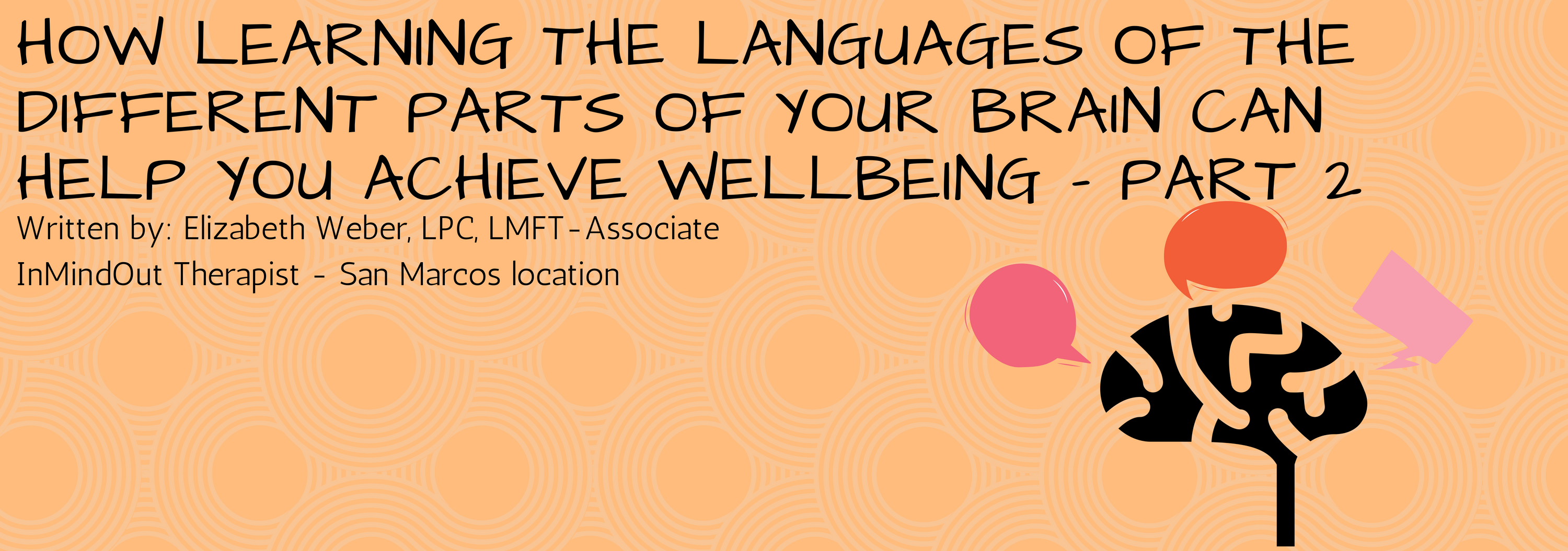
Just to reiterate from part 1…
Vertical integration or “harmony” looks like all three parts, the brain stem, mid brain, and upper brain all working together to respond.
Disintegration looks like a mindless reaction (with no time between trigger and response).
The “mindless” reaction and are characterized by these traits:
- Judgment
- Based on opinion
- Thoughts are real
- Believe and engage with thoughts
- Attention on past and future
- Avoidance
- Struggle
- Automatic pilot
- Fog of upsetting thoughts
- Impulsive behaviors
- Overwhelming feeling, castastrophic thinking
- Lost in reaction
Vertical integration can be achieved by engaging in a “mindful” response. A “mindful” response is one in which a pause is created between trigger and response. You have the power to decide to take this pause. What you do in the millisecond (or can take minutes, hours, days) you take to pause in your mind to make room for options and possibilities to arise can make all the difference. If you give your mind more time to think and feel through things with an objective, compassionate, and present awareness before it decides what to do. You will find that your responses are characterized by the following:
- Non-judgment, accepting
- Based on fact
- Thoughts are viewed as mental events
- Awareness of the present moment
- Distance/disengagement with thoughts
- Approach with curiousity
- Letting go
- Interested, focused, attentive
- Reduced distress and pain
- Clear and alert
- Considered wise choices
- Calm, effective
- Clear awareness
Example
Step 1
My boyfriend and I have been engaging in conflict more lately. During these times, I have a flood of thoughts that come into my brain and then I get overwhelmed emotionally and snap or shut down.
Step 2
The type of mindfulness I will apply is mindful thought inquiry.
Step 3
Each day when we get into a conflict, I will take a mindful pause to calm my body enough to be able to practice a state of mindful thought observation. This means I will notice that I am highly anxious or angry and notice how body shows & feels it. I notice I have a tendency to react immediately to what he says because of the way I am thinking and feeling. This means that my mind has conjured up some thoughts and emotions that have triggered me. I will bring my attention to objectively watching my thoughts as if they were changing weather patterns or clouds floating by instead of trying to engage with them (believing in them) and being pulled in. I remember that thoughts are not necessarily fact or true. I will acknowledge my thoughts as they are. I give myself as much time as I need to do this. I will stay curious and ask myself, “what type of unhealthy thought style might I be engaging in?” “what am I reacting to” “what is actually happening right now” “what are the facts” “what don’t I know right now and might need to inquire more about?”. I accept that I may not have all the information but I understand the initial thoughts and feelings that occurred given the information I know. I will focus on giving myself more time to be curious instead of prematurely assessing the situation and going into problem solving. I may engage in a skill that helps me calm down a bit, not getting rid of my feeling, but lowering the intensity enough to be able to get my upper brain back online to be able to think. Maybe some mindful diaphragmatic breathing. I remember to be kind to the parts of my brain that are “freaking out”. I might even practice mindful listening with my boyfriend. Staying curious and without judgment of myself or others is key but takes lots of practice, it is not an easy feat.
This is a brief overview of what vertical integration looks like but not a replacement for therapy. Schedule an initial consultation with InMindOut today to see how you can become more integrated in your mind and body in therapy.
